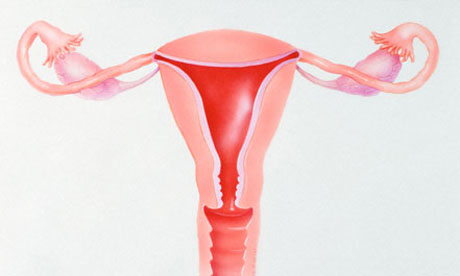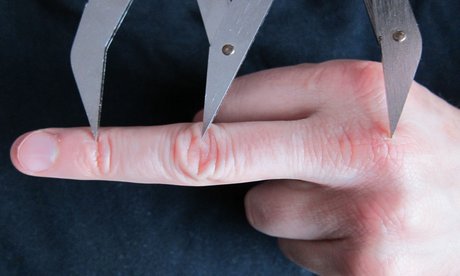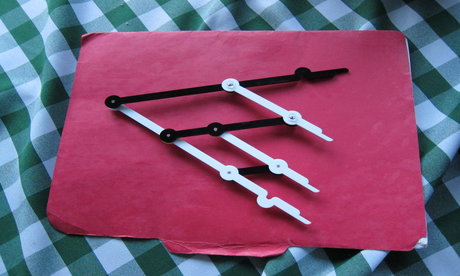Удивительную статью нашла на http://www.guardian.co.uk/science/alexs-adventures-in-numberland/2012/aug/14/golden-ratio-uterus. Оказывается, даже идеальные размеры матки попадают под правило "золотого сечения". Исследователи из Бельгии проанализировали размеры матки женщин в разных возрастах и пришли к выводу, что в наиболее фертильное время (т.е. тогда, когда женщина имеет наиболее высокие шансы забеременеть) соотношение параметров матки близко к заветному значению 1.618.
Подробности на английском:
Подробности на английском:
Golden ratio discovered in uterus
Belgian gynaecologist measures reproductive organs of 5,000 women and finds that the most fertile have 'mathematically perfect' dimensions
The study suggests that when women are at their most fertile, between 16 and 20, the proportions of their uteruses reflect the golden ratio. Photograph: Alamy
The golden ratio is a scientific nugget that has, for at least two thousand years, belonged as much to mysticism as to mathematics.
It is just a number – 1.618 – but to its devotees the ratio expresses aesthetic perfection, and can be found wherever there is beauty.
For example, they argue that of all the rectangles in the world the most pleasing to the eye has a ratio of length to width of 1.618.
And of all the smiles in the world, they maintain that the most beautiful have their central incisors 1.618 wider than their lateral incisors, which are 1.618 wider than their canines, and so on down through the molars.
There are web pages devoted to where else on the human face you can find the golden ratio, which is also known as the golden section, golden proportion or golden mean.
Even though I am sceptical about many of these claims, it is undeniable that 1.618 can be found quite easily on the human form – even on ugly people.
For example, if you mark the tips of the knuckles on your finger with a pen, the distance between first and second knuckle is about 1.618 times the distance between the second and the third.
Pure gold: my finger has divine proportion
The reason I can say this is because I have tried it out using a "golden claw", a pair of three-pronged callipers that always open such that the ratio between the prongs is 1.618.
All the claims about the golden ratio in humans come from considering our exteriors, which is why recently I was fascinated to hear from Jasper Verguts, a gynaecologist at the University Hospital Leuven in Belgium, who has tried to find out if the ratio also appears internally.
Dr Verguts told me that gynaecologists can instantly tell whether a uterus looks normal or not based on its relative dimensions, and his hunch was that these dimensions approximated the golden ratio.
Over the last few months he has measured the uteruses of 5,000 women using ultrasound and drawn up a table of the average ratio of a uterus's length to its width for different age bands.
The data shows that this ratio is about 2 at birth and then it steadily decreases through a woman's life to 1.46 when she is in old age.
Dr Verguts was thrilled to discover that when women are at their most fertile, between the ages of 16 and 20, the ratio of length to width of a uterus is 1.6 – a very good approximation to the golden ratio.
"This is the first time anyone has looked at this, so I am pleased it turned out so nicely," he said.
Interest in the golden ratio would have no scientific value were it not for the fact that the number has bona fide mathematical credentials.
The ratio was not plucked from thin air. It arises from the Fibonacci sequence, the sequence of numbers starting 0,1 such that every term is the sum of the previous two:
0, 1, 1, 2, 3, 5, 8, 13, 21, 34, 55, 89, …
The ratio of consecutive terms of the Fibonacci sequence converges to 1.618. For example 8/5 = 1.6 and a few terms down the line 89/55 = 1.618.
Since the Fibonacci sequence grows by adding on to itself in an organic way, it has been argued that one should expect to see Fibonacci numbers and the ratios between them in living forms.
Looking for the golden ratio in nature, in fact, is a hobby for many.
And none more so than the celebrated recreational mathematician Caspar Schwabe, who has gone one better than the traditional three-pronged "golden claw" and made a four-pronged one.
Fab four: Schwabe's golden ratio gauge
It's for external use only.



Комментариев нет:
Отправить комментарий